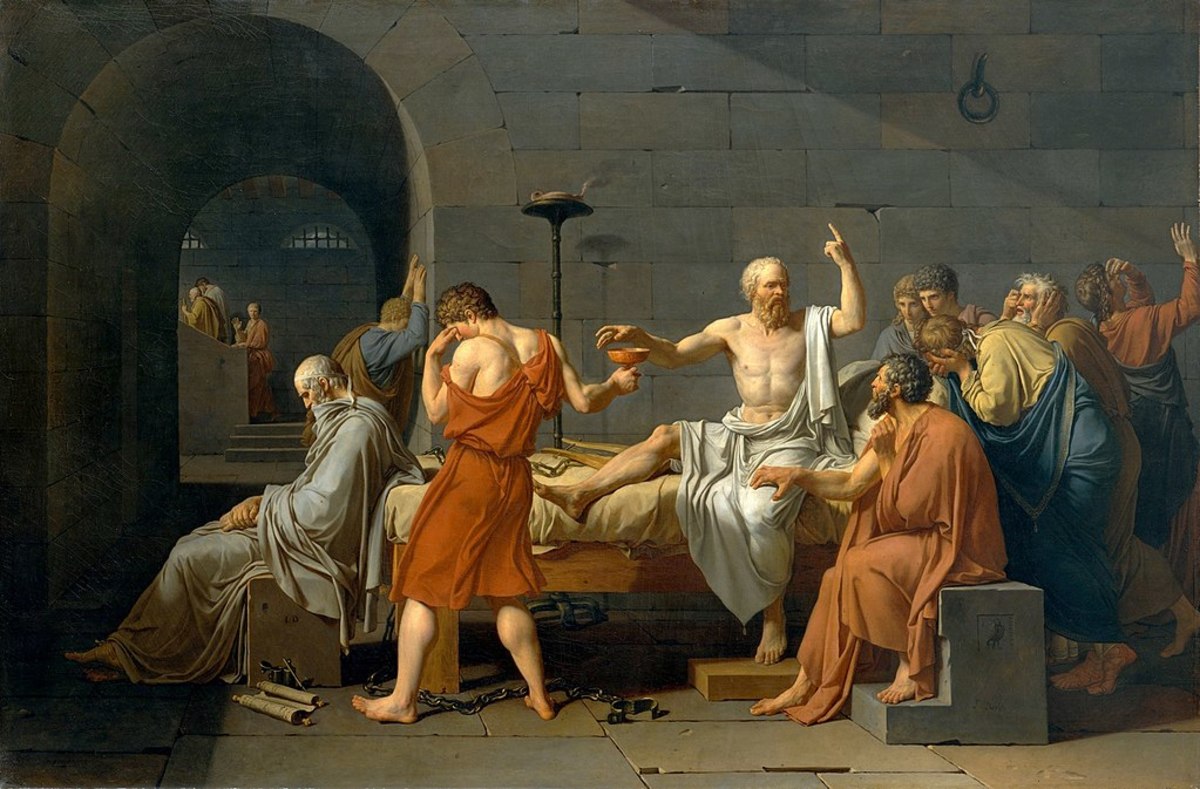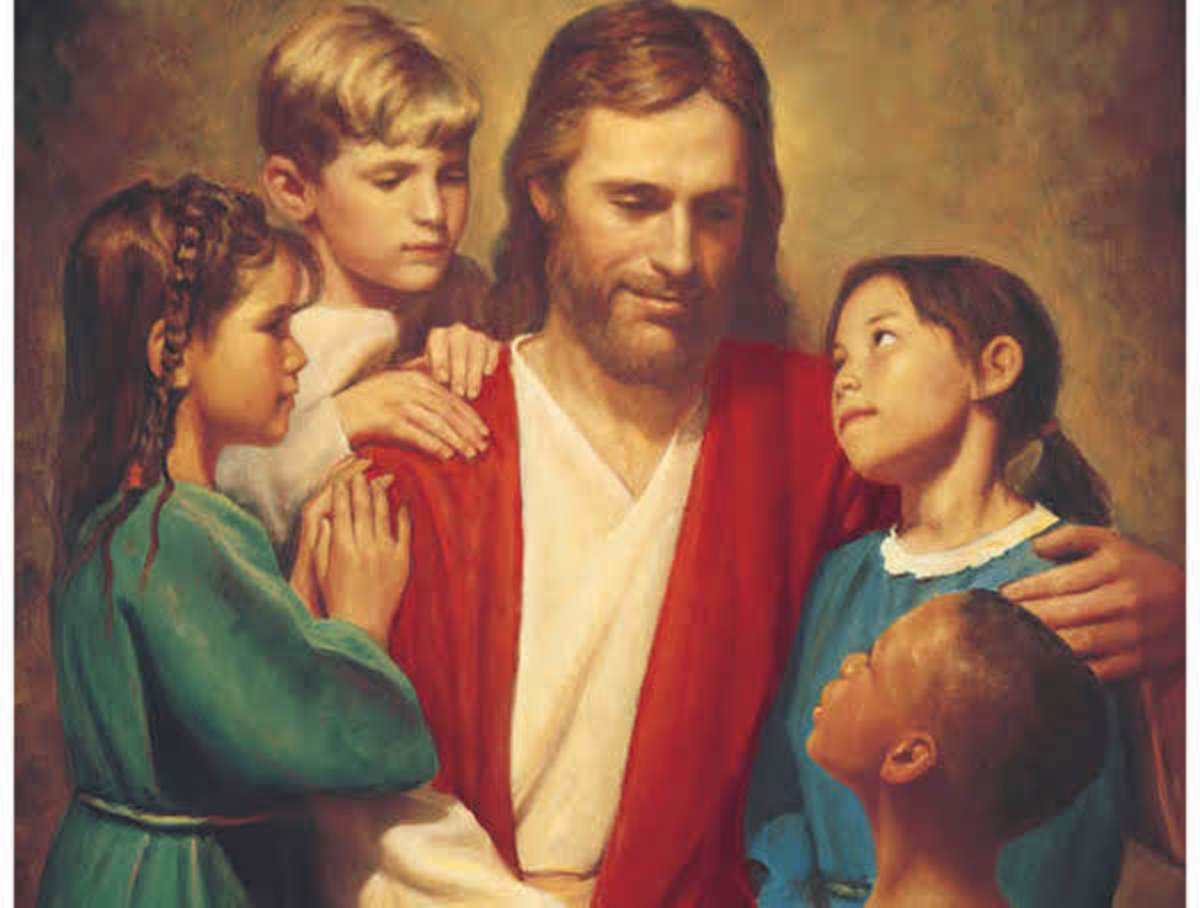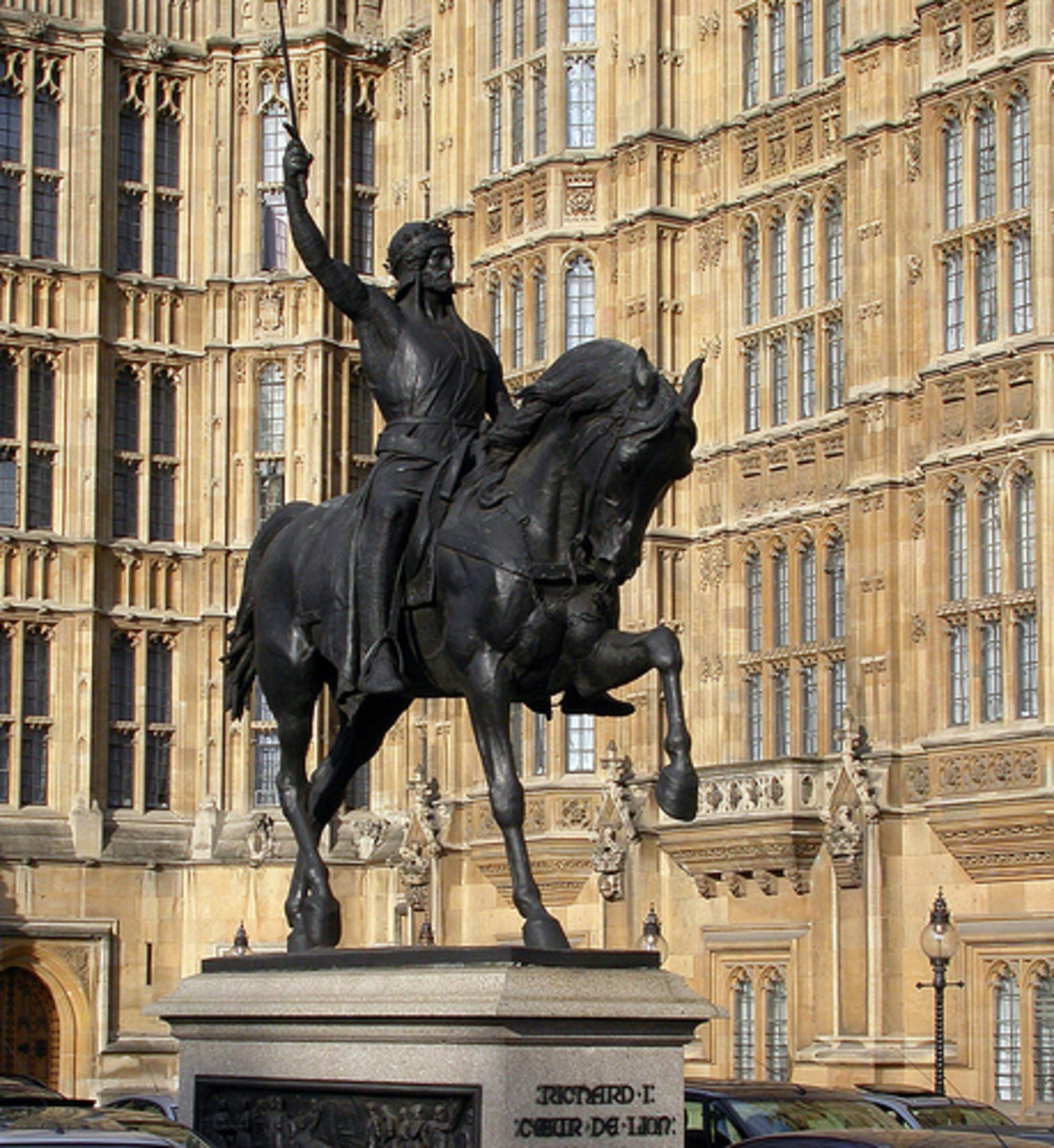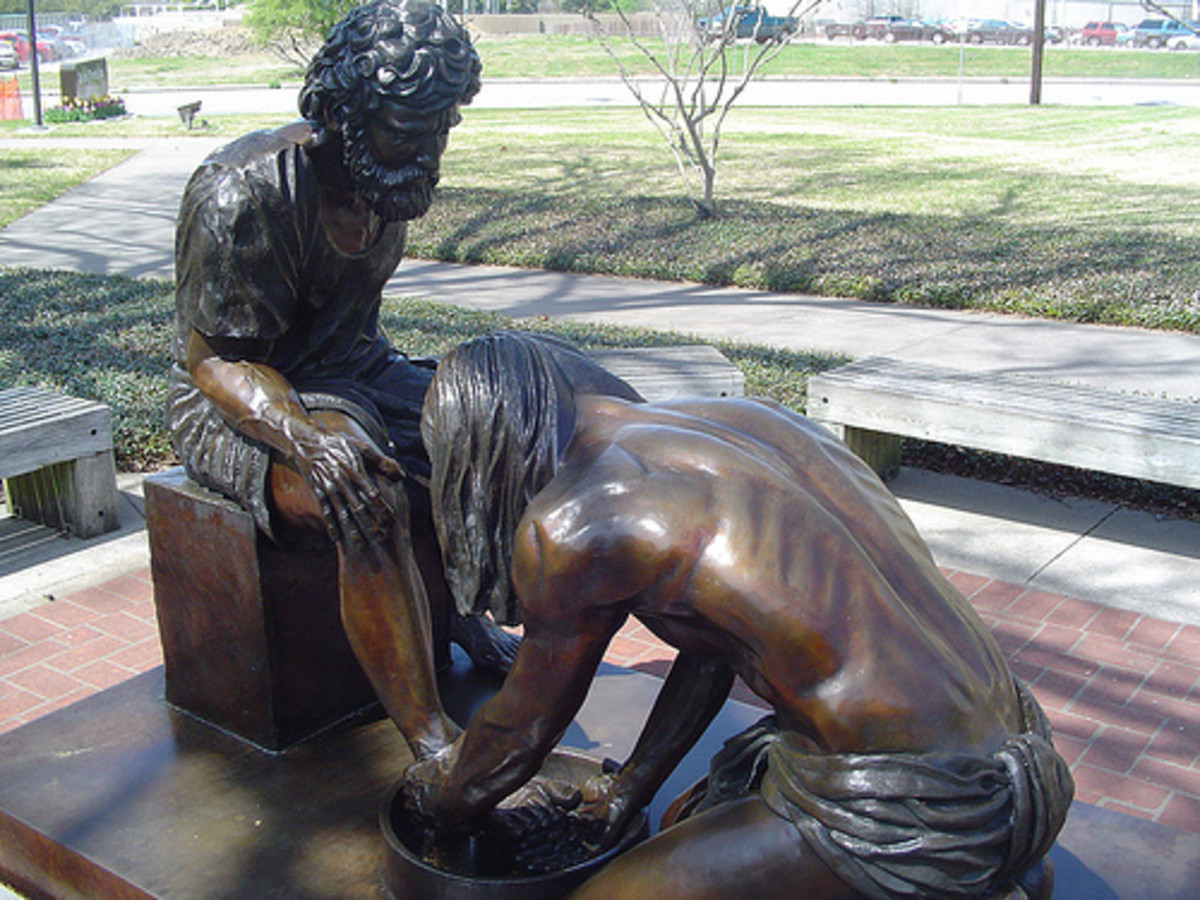Orthodox Church
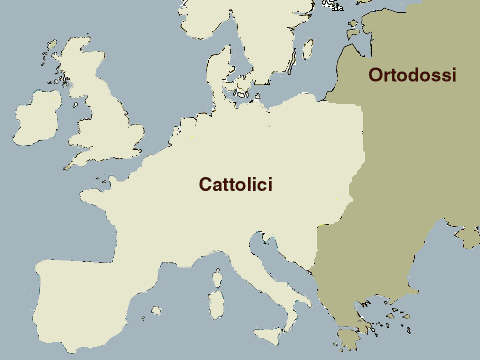
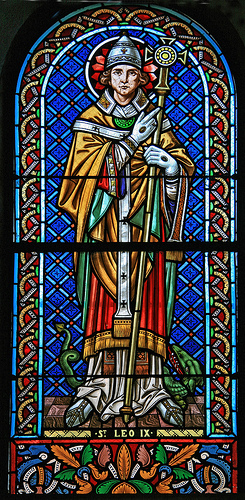
The Great Schism
The Great Schism of 1054 divided Christianity between the Latin West (Roman Catholicism) and the Greek East (Eastern Orthodoxy). From 1054 onwards there were two supposedly universal and orthodox churches. The major scandal in the history of Christendom at the time, it has never been repaired.
Relations between the Greek and Latin Churches were increasingly strained in the 11th Century. The Patriarch of Constantinople, Michael Cerularius (1000-1059), closed all the Latin churches in his city in 1043. The Roman Papacy passed into the hands of Leo IX (1002-1054) in 1049. Leo was the cousin of the German emperor and a strong believer in his own mission. He reformed the Church, enforcing celibacy of the clergy and striking down simony. Leo was the first pope to go on tour, preaching in Italy, France and Germany.
Leo sent a letter to Cerularius asserting the authority of the Papacy over all Christendom, which was rejected. He then dispatched one Cardinal Humbert (1015-1061) to Constantinople in 1054 to obtain confirmation of his papal supremacy from Cerularius. Instead, Cerularius published an aggressive manifesto against the Latin Church. Humbert toured the city denouncing its Christians as heretics until he became the most hated man in town. Humbert excommunicated Cerularius; then Cerularius excommunicated Humbert. This was the point of no return. This time there would be no reconciliation.
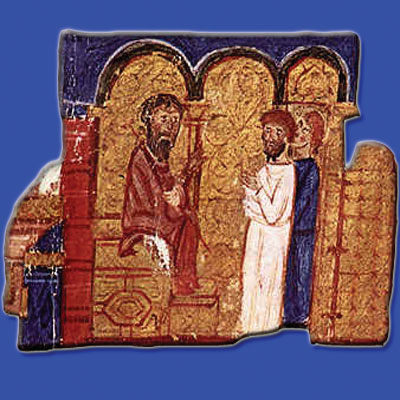
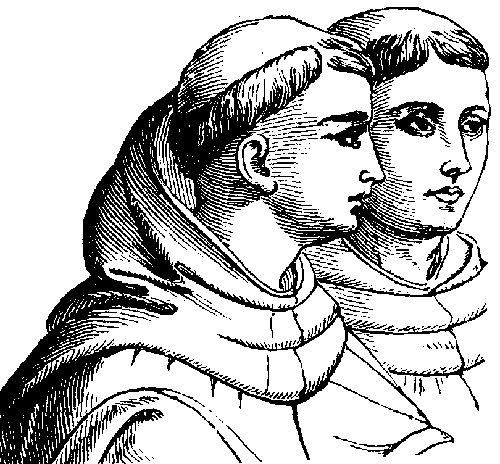
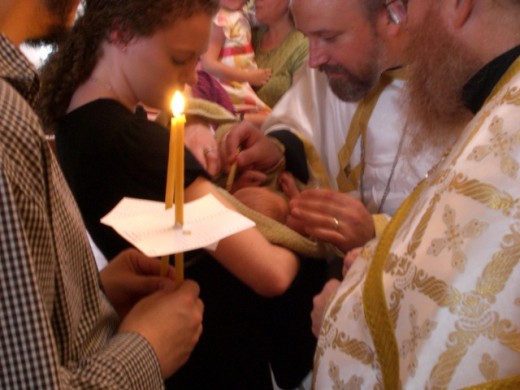
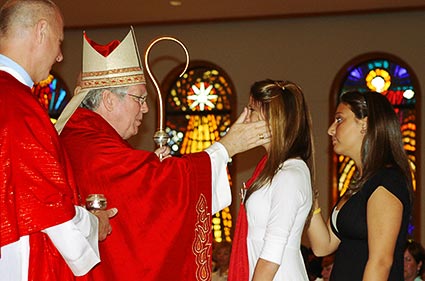

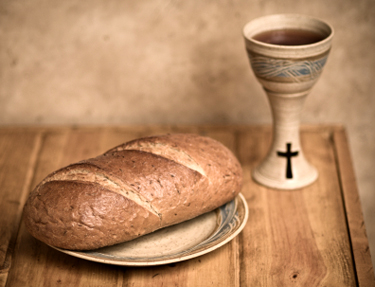
Great Schism
The Great Schism of 1054 between the Greeks and the Latins arose from differing mental images of the Truth. Cerularius said "O you who are Orthodox, flee the fellowship of those who have accepted the heretical Latins and who regard them as the first Christians in the catholic and holy church of God! The pope is a heretic!"
There were differences in practices and customs, such as the tonsure of monks or the propriety of beards among the clergy, which offended those who had been taught that only their way was the right way. In the West, Mary was a Saint but in the East she was Theotokos—the mother of God. In the East local priests administered the sacrament of confirmation to infants; in the West only a bishop could confirm—and this was delayed until the age of accountability. The West insisted on celibacy for the clergy; the East resisted, believing celibacy to be a personal choice beyond the authority of the church, not required by Scripture; and an absurd tradition. Icons never played the role in public liturgy of the West that they did in the East. The East used bread made with yeast in the Eucharist; the West would only use unleavened bread.
In regard to the Eucharist bread, the Greeks accused the Latins inserting Judaism into their communion service; the Latins responded that Christ had certainly used unleavened bread at the Last Supper since there was no leavened bread in all of Israel.
The Greeks had developed a more sophisticated theology by the 11th Century. They viewed the Latins as naive, who viewed them as decadent. The linguistic barrier didn't help, as neither side had a clear understanding of the other's language. A Latin polemical treatise sent to the Greeks was never answered because they were unable to find anyone to translate it. Greek was a superior language for expressing abstract ideas but it was also used to formulate heresy. Latin was considered a bit backward.
Michael Cerularius complained that the Church in Rome "does not count our saintly and great fathers—Gregory the Theologian, Basil the Great, and John Chrysostom—among the other saints." The Greeks had followed the Cappadocian Fathers while the Latins formed their traditions from St. Augustine—in particular the doctrine of Original Sin, which was foreign to the Greeks. The West viewed the hardening of Pharaoh's heart as predestination, which to the East was permitted by God but not foreordained.
The principle dogmatic difficulty was over the filioque. This Latin term means and from the Son. The West believed that the Holy Spirit proceeds from the Father and from the Son. The East reacted violently to this "extreme effrontery", insisting the Holy Spirit proceeds only from the Father, and that to say otherwise was wicked, blasphemous heresy. The East had the Church Councils on its side of the argument, as well as the Nicene Creed (which it suggested the West must have lost its copies of). Somehow, this dispute achieved great significance for both sides and a line was drawn in the sand.
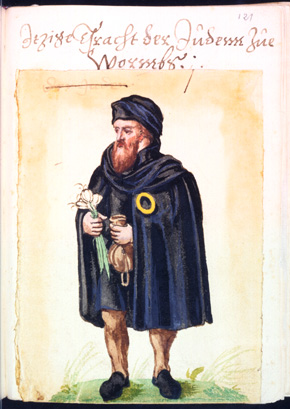
Orthodox Church and Jews
The Church in the East, based in Constantinople, had conflicts with the Jews. Part of the reason for this was that most Jews had taken the side of Byzantium's enemies in various wars against the Persians; the Arabs; the Turks. Anti-Jewish literature began to appear.
There were also serious theological disputes between the Christians of the East and the Jews, centered on the Trinity, which Jews considered tritheism (the worship of three gods). Jews also objected to the use of icons, considering these to represent idolatry (the worship of stone and wood). Jews accused Christians of misinterpreting the prophecies in Old Testament (Hebrew Bible) to support the messiahship of Jesus. Jews found unacceptable the term "Son of God" applied to Jesus in the New Testament.
The Church of the East responded that God had taken away Israel from the Jews, as punishment for their complicity in the crucifixion of Christ, and that Christians were the new Israel—the chosen people of God. The nation of Israel had been the forerunner of the worldwide Israel to come: The Christian Church.
Jews objected to the Christian nullification of Mosaic Law, especially regarding the Sabbath, but also the dietary laws. Christians replied that they had a New Covenant and were no longer bound to the Old. And they stated that the prohibition of images was given specifically to Jews because of their long demonstrated inclination toward idolatry; not for Christians who serve God alone. The result of these dialogues was that the Christians in the East began to say of the Jews, "They are the enemies of the Cross."
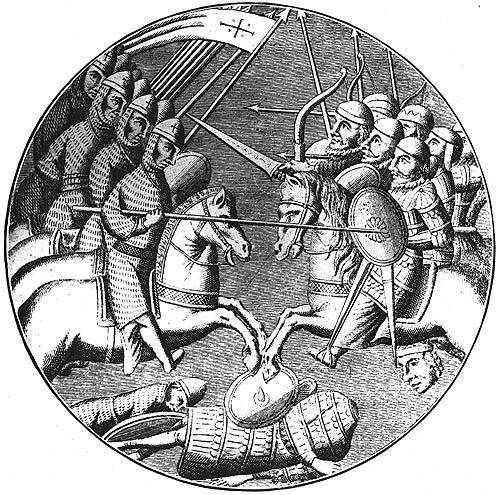
Orthodox Church and Muslims
Christian contemporaries of Mohammed paid him no heed. Soon the Orthodox Church would be challenged by the religion of the prophet. The Church acknowledged that the Koran contained truths about God and Christ, but believed it to also be full of contradictions. Christians also objected to the sensuality, morality and conduct of Mohammed. Opinions varied, with some Byzantines believing Islam must be eradicated as a barbaric form of paganism; and others wanting to build bridges based on what the two religions had in common. Christian theologians wrote that Islam was simply a compilation of all previous heresies the church had endured, in particular Arianism.
Muslims accused Christians, as the Jews did, of worshipping more than one god, because of the Trinity. Muslims said that the worship of Mary; the cults of the saints and the relics; and the use of icons—were all blasphemies against God.
Christians were incensed that Muslims added words to the Gospels, especially a line that said, "I shall send you a prophet called Mohammed." Christians asked, "Since the Gospels have spread across much of the world in these 1000 years, and exist in many languages, how is it that no one anywhere except this tribe of Arabs has a line about Mohammed in their Bibles?" The Muslims countered that Christians had removed Mohammed's name from the Gospels. Christians were also upset that Muslims denied that Jesus was the Son of God, instead proclaiming him merely another prophet in a long line of prophets. Anti-Muslim literature began to appear throughout the Orthodox Church.
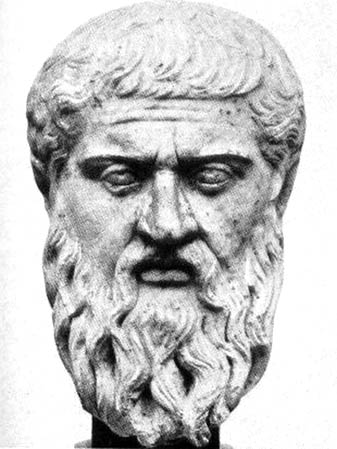
Orthodox Church and Philosophy
The theologians of the Church in the East, unlike those in the West, were schooled in arithmetic, geometry, astronomy, music, literature, grammar, rhetoric, and philosophy. The question is: was this a blessing or a curse? Eastern theologians believed philosophy had a legitimate function in Christian thought; and that Christian doctrine required philosophical terms and concepts to be explained and understood. They believed that since all Truth came from God, there was nothing wrong with intermingling theological and philosophical truths. Plato was the central figure of philosophy for these theologians in the Church of the East.
Michael Psellos (1017-1079) was the most learned man of his century. He said, "I belong entirely to Christ, but I refuse to deny the wiser of our writers or the knowledge of reality, both intelligible and sensible. Interceding with God by prayer according to my capacity, I will eagerly accept whatever may be granted to me." "It is foolish to reject the manifestation of supernatural power, including demonic activity, simply because no scientific explanation could be given for its causation." "Belief in divine providence must be distinguished from determinism, as well as from notions of chance. It is essential not to permit the idea of providence and of the sovereign will of God to produce a fatalistic inactivity instead of the obligation of man to act, which is the proper response, in the light of natural knowledge about the ways of God in human history."
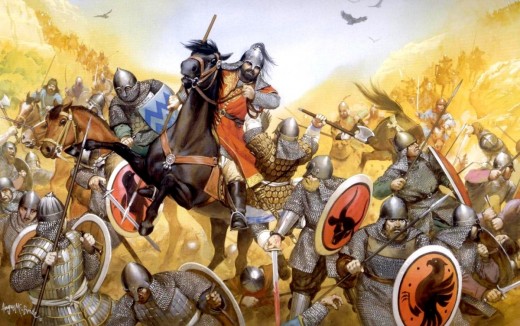
Orthodox Church After Schism
Byzantium found itself threatened with a new menace. A tribe had swept down out of the steppes called the Turks. The Arab empire was in decline. The Turks converted to Islam. They conquered Armenia, the oldest Christian kingdom, killing hundreds of thousands, smashing baby's heads with rocks, raping all the women. Byzantium marched out to whip these upstarts but instead suffered a humiliating defeat in 1071 at Manzikert; and its imperial army was destroyed. Before long the Turks conquered Asia Minor and it would soon have a new name: Turkey.


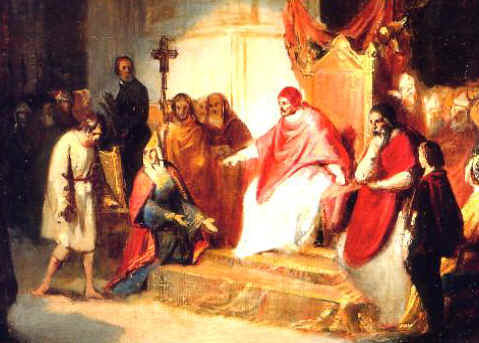

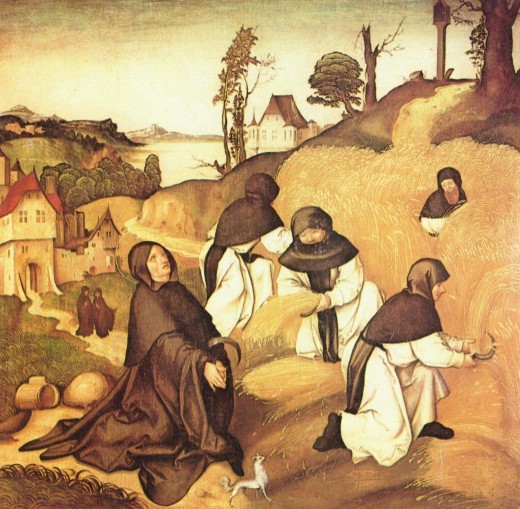
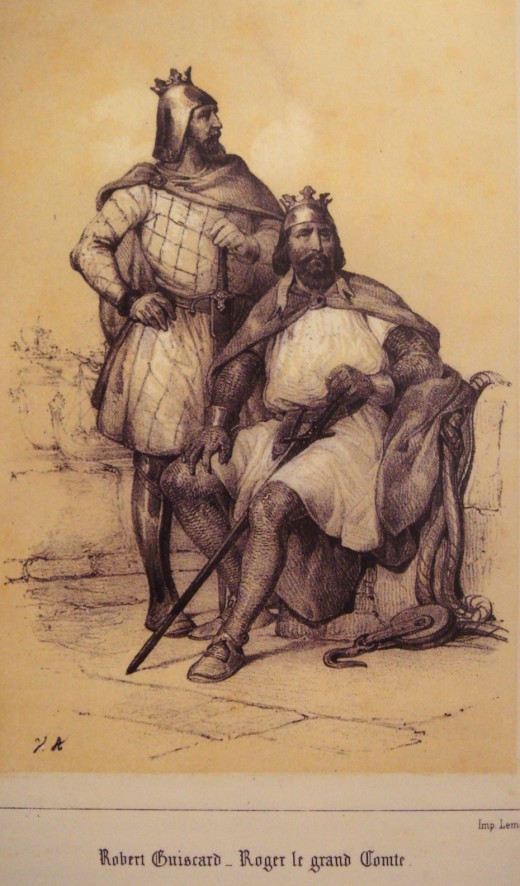
Roman Catholic Church After Schism
Cardinal Humbert was still on stage. He enacted a revolution in church affairs by ending the practice of emperors appointing popes, bishops or priests; and instituted, through Pope Nicholas II, the election of the pope by a college of cardinals.
Nicholas needed protection in light of these reforms, so he named a Norman, Robert Guiscard (1015-1085), the Duke of southern Italy, which the Normans had already conquered anyway. In exchange, Guiscard pledged his loyalty and military power should papal lands be attacked. In 1066, Nicholas backed the Norman invasion of England.
The Byzantine historian Anna Comnena described Guiscard this way: "This Robert was of minor origin, in temper tyrannical, in mind most cunning, brave in action, very clever in attacking the wealth and substance of magnates, most obstinate in achievement, for he did not allow any obstacle to prevent his executing his desire. His stature was so lofty that he surpassed even the tallest; his shoulders were broad, and his eyes all but emitted sparks of fire. This man's cry it is said to have put thousands to flight. Thus equipped by fortune, physique and character, he was naturally indomitable, and subordinate to no one in the world."
Pope Gregory VII, unique among popes in that he is better known by his birth name, Hildebrand, issued his Dictatus papae in 1075, also known as the Gregorian Reforms. This paper proclaimed the pope as the ultimate ruler over Europe. It declared that the pope may depose emperors at will; that the Roman Catholic Church has never made a mistake and never will; that God Himself established the Roman Catholic Church; that all princes shall kiss the pope's feet; that only the name of the pope shall be spoken in churches and that his is the only name in the world [whatever that means]; that the pope may not be accused or judged by anyone; that the pope is the judge of people and can pass sentence on anyone; that no book or chapter is canonical without his say so; that the church is over the state.
This provoked indignation in the new German Emperor, Henry IV, since technically, these reforms cost Germany half its royal lands. Henry refused to comply and Hildebrand excommunicated him. Hildebrand was the first pope to stand up to a king. Henry had a change of heart and came to repent personally to Hildebrand. He found the pope in the Alps; where he was made to stand outside in the snow—barefoot, without food, wearing a hairshirt—for three days, before Hildebrand finally forgave him.
Henry would come back in 1081 to lay siege to Rome for three years, before he deposed Hildebrand. Guiscard came too late to his rescue, having been off invading Greece, and by the time he got to Rome—Henry had gone home to Germany. So, Guiscard looted and burned the city on his way out.
Poland, Hungary and Scandinavia became Christian lands in the 11th Century. Poland would go on to be the prime bastion of Catholicism in the East. The monastic movement continued with the founding of the Carthusians and the Cistercians. Carthusians monks take vows of silence. Cistercians live with no possessions, minimal food, hard labor and no fire for heat. Itinerant preachers cropped up roaming the countryside—some with long hair, wearing rags, with no shoes, calling people outside of monasteries to a life of apostolic poverty and radical holiness.
New agricultural methods had begun to raise populations out of the grinding, brutish poverty of the Dark Ages. Cities were growing in importance along with schools and trades. Next in our series we will embark on the controversial adventures known as the Crusades.




